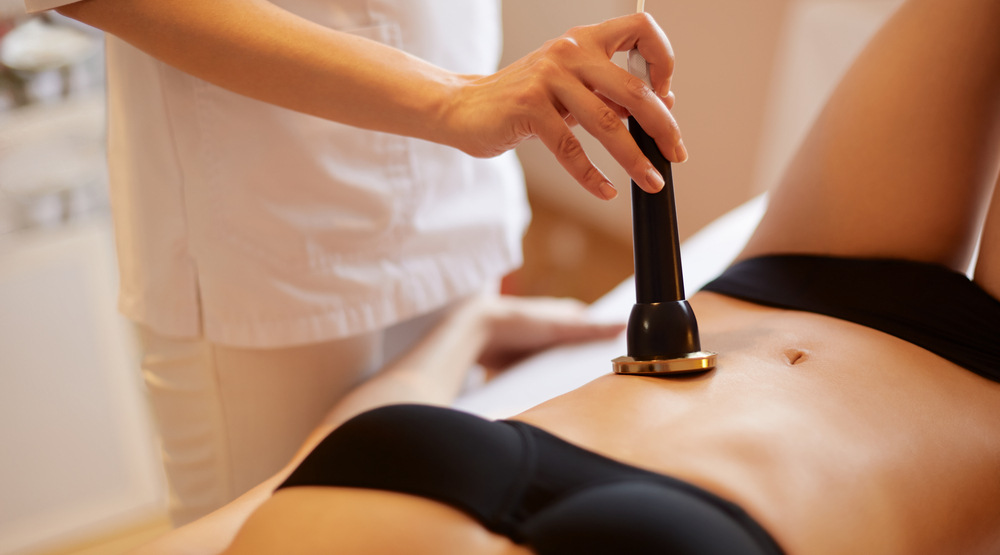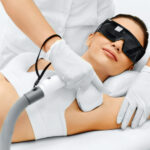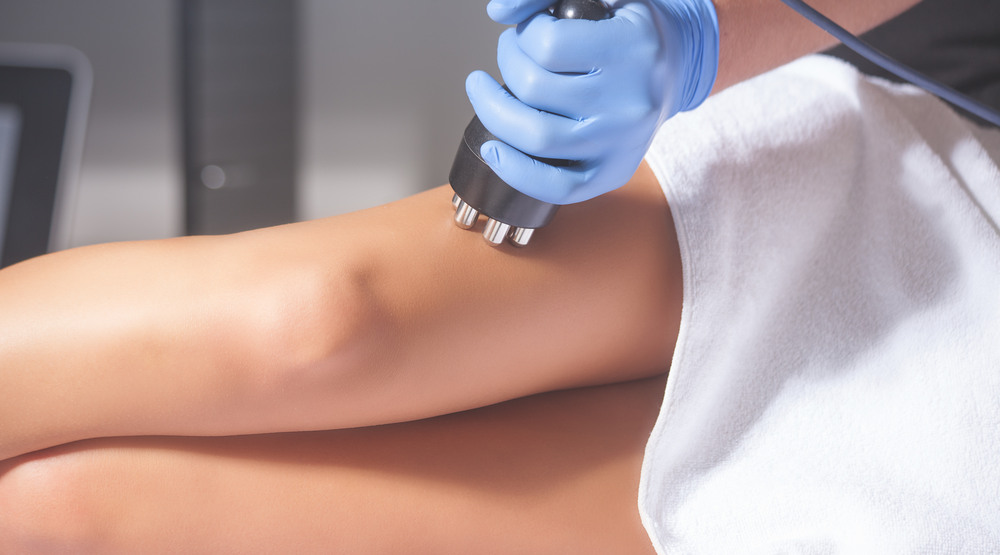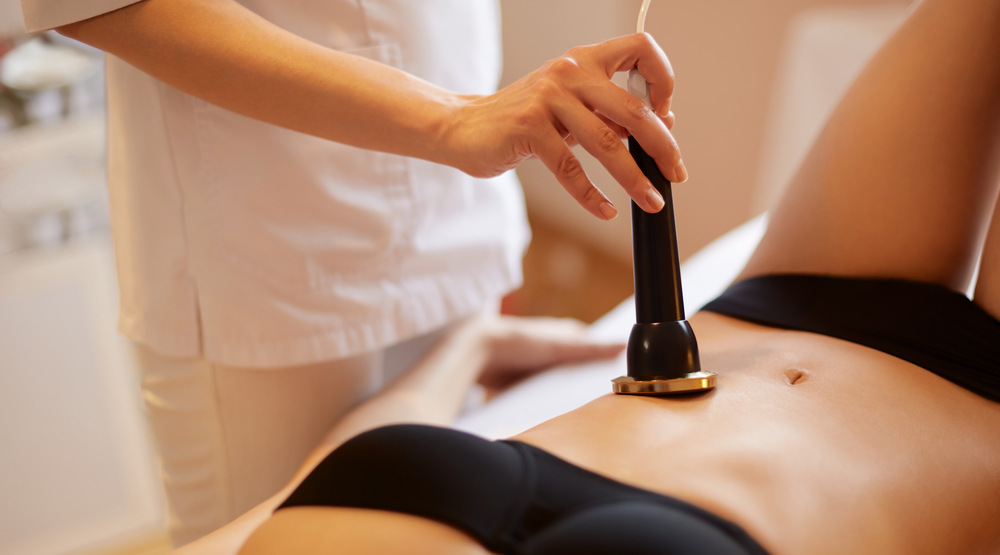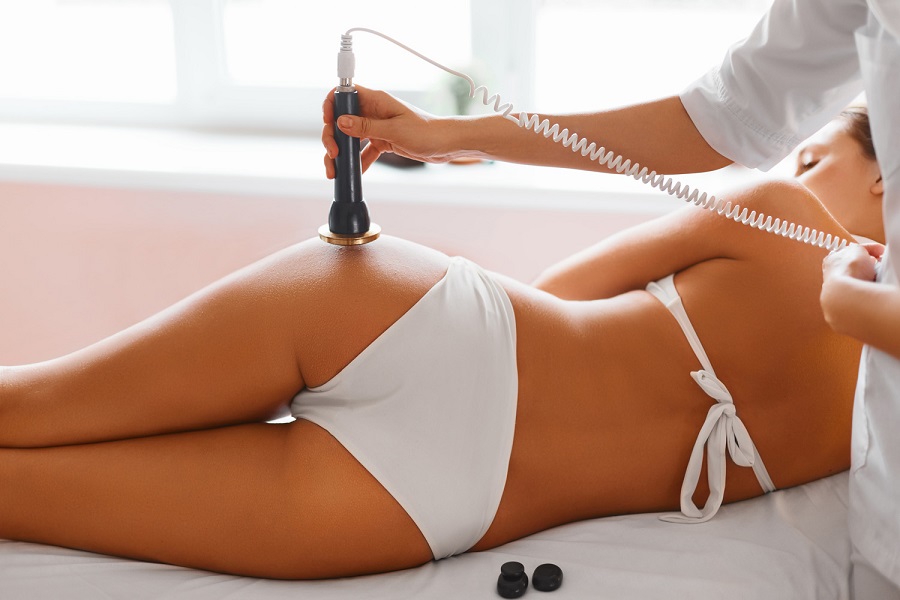Lipo cavitation is a safe and effective procedure using ultrasound for fat reduction. It can be applied on most areas of the body like the thighs, hips, abdomen, buttocks, and neck. The practice has evolved from Liposuction and does not require surgery or anesthesia. Lipo cavitation is performed as an outpatient treatment that is painless with minimal and temporary side effects.
What is Lipo Cavitation and its purpose?
Lipo cavitation is highly effective in removing unwanted fat, reducing cellulite, and stimulating circulation and collagen production. The procedure targets fat cells in the underlying skin layers using low-frequency ultrasound waves to break down fat. After a few days, the cells release fatty substances, which are absorbed by the body’s lymphatic system, and naturally eliminated as waste.
Before the procedure, the skin may be sterilized with an alcohol solution. A gel is then applied to the treatment area to aid the ultrasound device to move smoothly over the skin. Ultrasound waves penetrate deep into skin layers to disrupt and dislodge the fat through vibrations.
Is Lipo Cavitation Safe?
3D lipo cavitation fat removal is an FDA-approved procedure that has become a breakthrough in non-surgical fat loss technology. Global statistics released in 2018 by the American Society of Aesthetic Plastic Surgery show that non-invasive techniques for fat reduction are gaining more traction than surgical procedures and the market for ultrasound cavitation is expected to substantially increase by 2026.
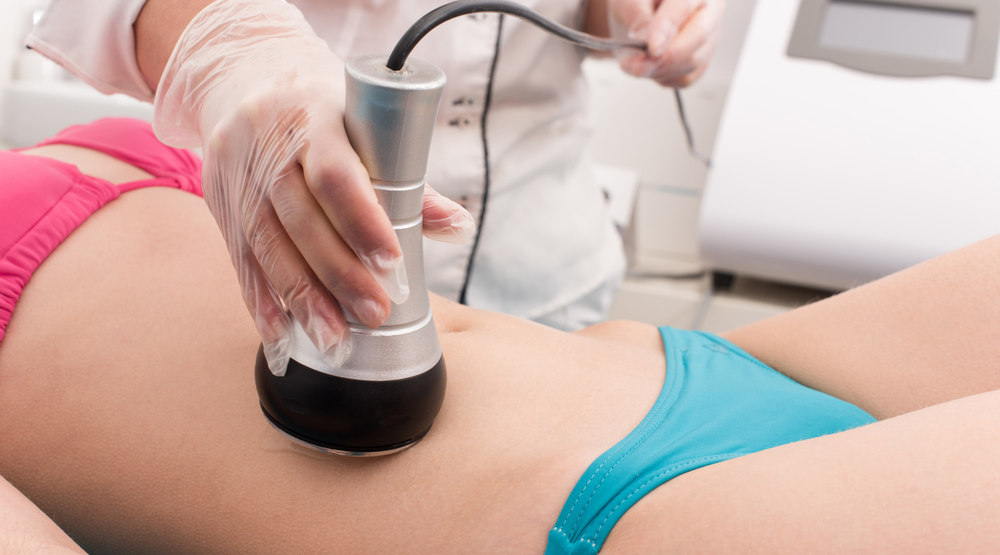
Lipo cavitation uses 40 kHz to 5 MHz ultrasonic waves to work on fat cells without causing any damage to other organs or healthy tissues. The sound waves affect the membranes of the fat cells to reduce them to liquid for natural elimination through the normal metabolic process.
During treatment, the light buzzing of the ultrasound device will be audible, but patients feel minimal discomfort (if any) with a warm sensation over the skin. Depending on how large the surface area is, one session can take between 20 to 50 minutes.
What are the Lipo Cavitation Risks?
In contrast to conventional procedures like liposuction, 3D lipo fat cavitation does not involve any surgery nor anesthesia, and you can resume normal activities immediately after therapy. This approach diminishes the risks and side-effects of having lipo cavitation treatment.
The practitioner will discuss your goals, assess if you are eligible for treatment, and establish that there are no underlying health conditions. This procedure is not recommended for those with morbid obesity, and it is most effective on patients who are moderately active as it targets certain areas to remove unwanted fat.
Although it is a low-risk procedure, you may experience some mild side effects that are temporary.
Bruising or Redness
After lipo cavitation treatment, bruising or redness of the skin may be noticeable within the first few hours. Some patients get deep, purple bruises or light red spots, so it varies from patient to patient, but it generally subsides and will disappear after a couple of days.
Thirst
Patients may experience an increase in thirst following the procedure. This is due to substances being naturally removed, so it is advisable to up your water intake in the days after treatment to aid the elimination process.
Skin Sensitivity
The gel applied before treatment as well as the ultrasound technique of penetrating the skin layer can sometimes cause skin sensitivity afterwards. You may feel itchiness or have swelling but this is temporary and will resolve itself after a few days.
Skin Irregularities
In some cases, the fat is broken down unevenly which can leave lumps and bumps over the skin. The body needs time to break down the dislodged fat cells and follow-up treatments can also help resolve any noticeable bulges.
Headaches
Experiencing headaches or dizziness is not uncommon but this is from the toxins being released in the body. Staying hydrated and doing exercise after treatment can help flush the system out quicker.
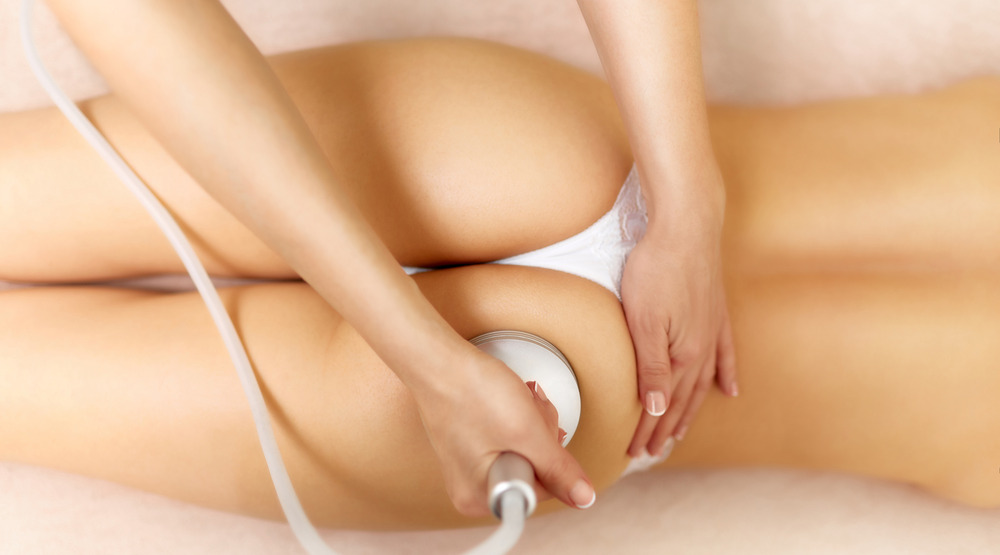
What are the benefits of Lipo Cavitation?
Age, metabolism, the individual’s tissue structure, and the treatment area will influence results, so it is important to have a healthy diet and regular exercise to get the best out of lipo cavitation treatment.
Several sessions are usually needed to achieve optimal effects and after the first treatment, you will start seeing good results. There are multiple benefits from this procedure that make it an increasingly popular alternative to liposuction or tummy tucks.
Reduce fat, cellulite, and stretch marks
Lipo cavitation reduces fat by liquifying fat deposits that are secreted through the body’s waste. The ultrasound also stimulates tissue and collagen regeneration to reduce the appearance of cellulite and stretch marks. It also improves body contouring.
Non-invasive or non-surgical, no downtime
Because there is no surgery, no anesthesia, and no recovery period, there is no downtime, and you can go back to your daily routine immediately after treatment.
It is pain-free
During a lipo cavitation session, the ultrasound device may feel like a gentle massage. While some people experience a tingling sensation or sensitivity, it is a pain-free procedure and completely harmless. Surrounding tissues, cells, and organs are not affected in any way.
Suitable for all skin types
There are no limitations on different skin types being suitable for 3D Lipo cavitation. It is safe and effective regardless of skin texture or color. However, if you have any open wounds or skin sores on the treatment area, your practitioner will postpone treatment until any skin injury has healed.
Who will benefit the most from Lipo cavitation treatment?
Lipo cavitation fat reduction is best supported by following a well-balanced, low-calorie diet while staying hydrated and getting frequent exercise. It should not be a substitute for exercise or healthy eating. During your treatment program, you will notice a reduction of inches off your circumference and results will keep improving with multiple sessions.
Patients who are 18 years old and over and who are in generally good health are ideal candidates that will benefit from lipo cavitation. There are instances where this procedure is not deemed suitable such as for those who are pregnant, have kidney, liver, or heart disease, or any other debilitating or life-threatening conditions.
Latest News
- August 25, 2021
- August 25, 2021
- July 21, 2021
- July 20, 2021
- June 21, 2021
